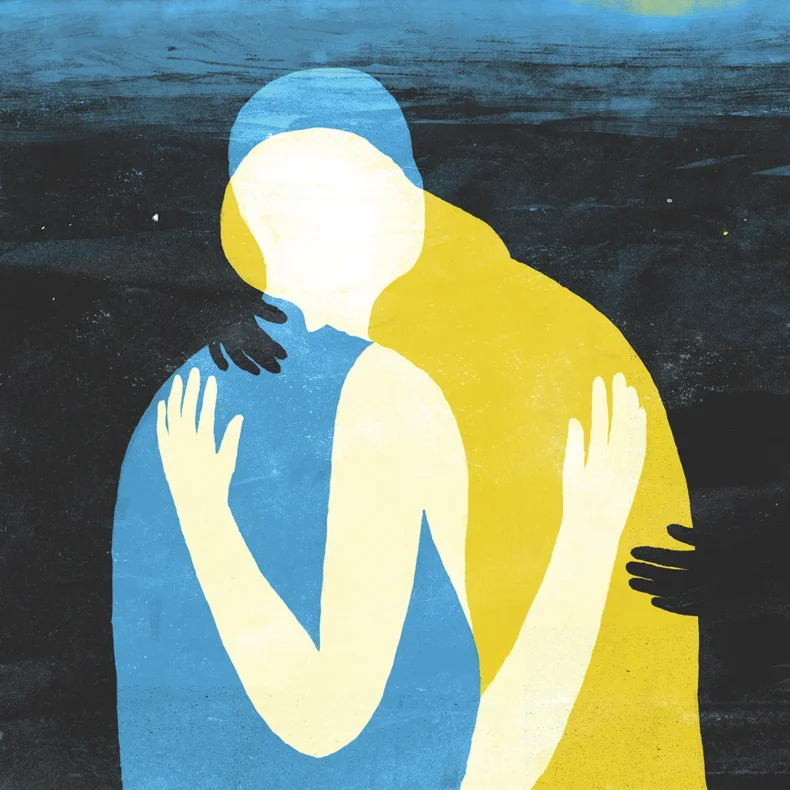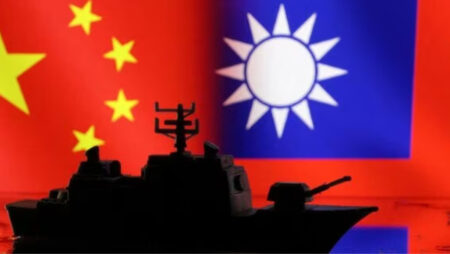
Image source: streetartutopia.com
While efforts have been made to protect Ukraine’s art and artifacts from the Russian onslaught, its artists are also depicting the war and its impact in their works. “The Captured House” opened this week at Espace Vanderburgh in Brussels and features works by contemporary Ukrainian artists made after the February 24 Russian invasion.
“Let this project become not a stream of “bad news from Ukraine,” but your personal conversation with every Ukrainian whose life is in danger in our common “Captured House,” says curator Kate Taylor.
We look at exhibition works and 20th-century war paintings.
The Ukraine story’s highlights
Taylor reportedly came up with the project after noticing Ukrainian artists responding to the war. Soon, she followed the work, leading to the Berlin, Rome, and Amsterdam exhibitions.
Taylor says, “This is not just our war” on the exhibition’s website. This is a war for Europe, which we defend with our lives. People who stay in Ukraine protect the country, help it survive, and continue to appeal against the war because of our cultural codes, the roots of our common identity, Ukraine’s relationship with Europe, and our common values.
The war-themed exhibition features 200 works by 50 Ukrainian artists. When the war broke out, Kyiv-based artist Yuriy Bolsa fled to his village in Volyn “like a child hiding behind his mother”
Alevtina Kakhidze says that in Ukraine “anyone can be wiped out regardless of sex, views, good deeds or crimes.” Trees, animals, and houses can also be destroyed. Odessa-based Daria Koltsova dedicated her art to war-killed children. She’s making a clay sculpture for each child killed in the onslaught.
She writes on the exhibition website, “This is my ritual of honoring every lost life, my way of singing the last lullaby.” Photographer Evgeniy Maloletka shows death and destruction. Death and mourning are hardest, he writes.
How do Ukrainian artists react to war?
Artists from Ukraine took center stage at the April Venice Biennale. Ukrainian President Volodymyr Zelensky said art can share things that can’t be shared otherwise. Tyranny always limits art. They see art’s power. Art expresses emotions.
The works included Pavlo Makov’s ‘The Fountain of Exhaustion,’ an installation of dripping funnels commenting on democracy.
Leading Ukrainian women artists share their war experiences at New York’s Fridman Gallery. Aspen Institute in Colorado is hosting the exhibition ‘Beast of War, Bird of Hope,’ featuring Ukrainian paintings and photography. One of the most moving photo sequences shows an old woman holding her head, a new mother holding her baby, and workers holding body bags in a desolate field, according to the Aspen Institute website.
In the Ukrainian city of Kherson, painters, photographers, and playwrights have formed an underground art residency called ‘Residency in Occupation’
Ukrainian artists held an anti-war exhibition at Russia House during the World Economic Forum in Davos in May. The photos depicted war crimes, from injured people to destroyed buildings. Hedwig Fijen, founder and director of Manifesta, proposed Kyiv host the 2028 edition of the art event to help rebuild the country’s cultural ecosystem and infrastructure.
Great 20th-century war art
The 20th century saw several masterpieces depicting war, from its atrocities to the might of the powerful. Picasso’s “Guernica” is a famous war painting. After the Nazi bombing of Guernica, Spain, in 1937, the artist painted this oil on canvas. The monumental black-and-white work shows a wounded horse, a bull, dismembered soldiers, and wailing women.
Salvador Dali’s 1936 ‘Soft Construction with Boiled Beans (Premonition of Civil War)’ depicts the self-destructive nature of war through a monster.
In Kathe Kollwitz’s 1923 woodcut titled ‘War,’ the protagonists are elderly mothers, widows, and children. Otto Dix’s triptych ‘Der Krieg’ depicted a battlefield with wounded and dead soldiers.
Roy Lichtenstein’s 1963 painting ‘Whaam!’ depicted the Vietnam War using a panel from the 1962 DC war comic ‘All American Men of War’.













